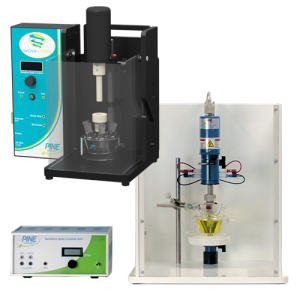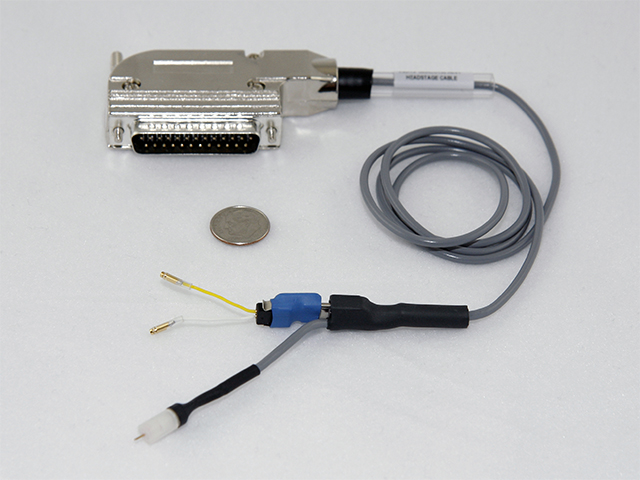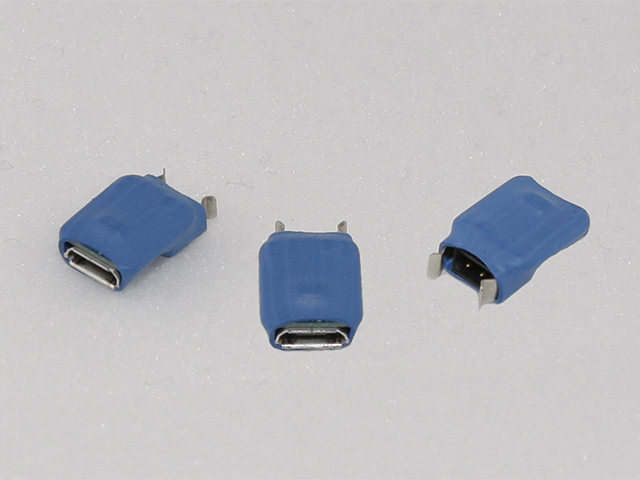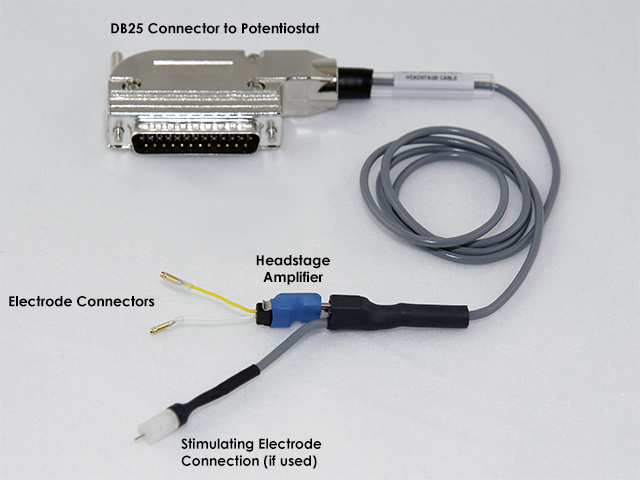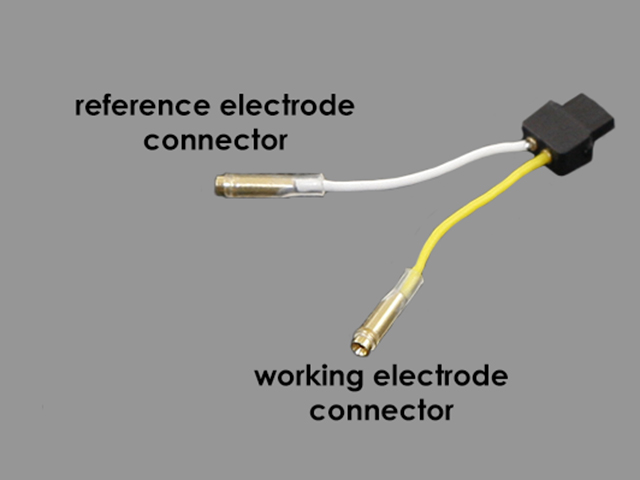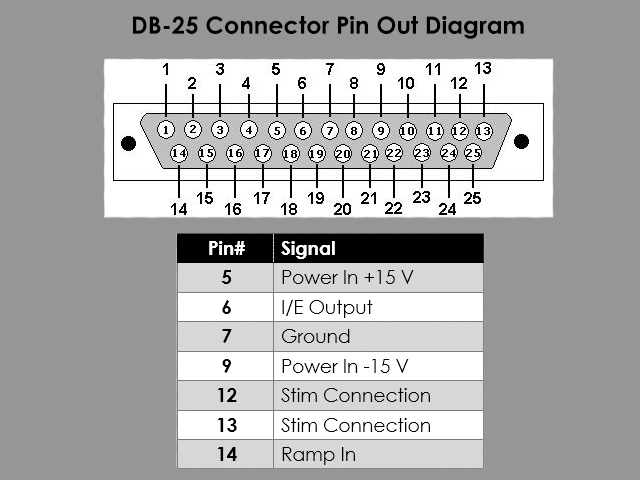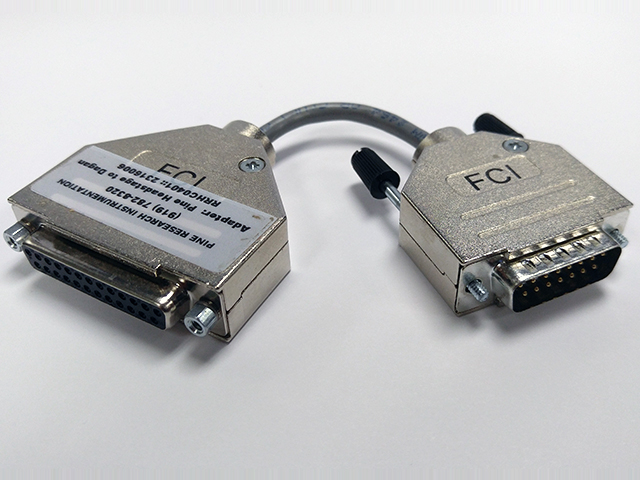Dagan Compatible Headstage Amplifier Cable Kit (36″ Cable, 200 nA/V)
This Headstage Amplifier Cable kit is designed for use with the Dagan Chem Clamp System. The kit includes the DB-25 headstage cable with CP-305 bipolar stimulation connector, overall 24″ long, five replaceable 1.5″ microelectrode-headstage couplers, and 200 nA/V (5 MΩ), working driven headstage amplifier, and a Pine Research-to-Dagan cable adapter. The modular design of the Pine Research headstage kits allows researchers to diagnose cable issues in a piecewise manner. Say goodbye to that box of headstages with questionable behaviors!
[alert color=”blue” icon=”info-circle”]The headstage kit includes the cable, microelectrode-to-headstage couplers, and headstage amplifier. Cables are available in 24″ and 36″ and couplers in 1.5″ and 2.5″. The most common configurations are presented below, but additional lengths are available separately.[/alert]
This Headstage Amplifier Cable kit is designed for use with the Dagan Chem Clamp System. The kit includes the DB-25 headstage cable with CP-305 bipolar stimulation connector, overall 24" long, five replaceable 1.5" microelectrode-headstage couplers, and 200 nA/V (5 MΩ), working driven headstage amplifier, and a Pine Research-to-Dagan cable adapter. The modular design of the Pine Research headstage kits allows researchers to diagnose cable issues in a piecewise manner. Say goodbye to that box of headstages with questionable behaviors!
[alert color="blue" icon="info-circle"]The headstage kit includes the cable, microelectrode-to-headstage couplers, and headstage amplifier. Cables are available in 24" and 36" and couplers in 1.5" and 2.5" and headstages in 200 nA/V (5 MΩ) and 1,000 nA/V (1 MΩ) are available. in The most common configurations are presented below, but additional lengths are available separately.[/alert]Pine Research currently offers working driven headstage amplifiers. In a working driven system, the reference electrode is grounded. The FSCV potential waveform (ramp) is connected to the non-inverting input of the operational amplifier, while the working electrode is connected to the inverting input. In this arrangement, the voltage at the microelectrode will follow the ramp applied to the inverting input.1
[alert color="red" icon="exclamation-circle"]Even when no electrodes are connected (connector just in air) to the headstage amplifier cable, which is connected to the WaveNeuro, HDCV will show a current response that follows the applied waveform. As described below, this is expected.[/alert]
In this two-electrode configuration, current arising from electron-transfer reactions, such as the oxidation of dopamine, passes between reference and working electrodes. The measured current passes through the headstage amplifer, where it is converted to voltage, and sums with the the ramp voltage at the inverting input. Mathematically,
$latex V_O=-(i_{in}times R_F)+V_R&s=2$
where [latex]V_O[/latex] is the output voltage, [latex]i_{in}[/latex] is input current, [latex]R_F[/latex] is feedback resistor (gain), and [latex]V_R[/latex] is the CV ramp voltage. By rearrangement, the signal voltage (proportional to the current across the [latex]5: MOmega[/latex] feedback resistor in the [latex]200:nA/V[/latex] headstage) is then
$latex (V_R-V_O)=i_{in}times R_F=V_{signal}&s=2$
HDCV software, which supports the WaveNeuro FSCV Potentiostat system, performs software subtraction of the ramp according to this relationship, resulting in only the true differential current measurement.1
(1) Takmakov, P.; McKinney, C. J.; Carelli, R. M.; Wightman, R. M. Instrumentation for Fast-Scan Cyclic Voltammetry Combined with Electrophysiology for Behavioral Experiments in Freely Moving Animals. Rev. Sci. Instrum. 2011, 82, 74302.
[call_to_action color="violet" button_icon="link" button_text=" Review Journal Article" button_icon_position="left" button_url="https://www.ncbi.nlm.nih.gov/pmc/articles/PMC3160449/" layout="vertical"]R.M. Wightman et. al. have reported on this topic in depth If, after reviewing this document, you have any questions about our neuroelectrochemical research products, please do not hesitate to contact us. [/call_to_action]
